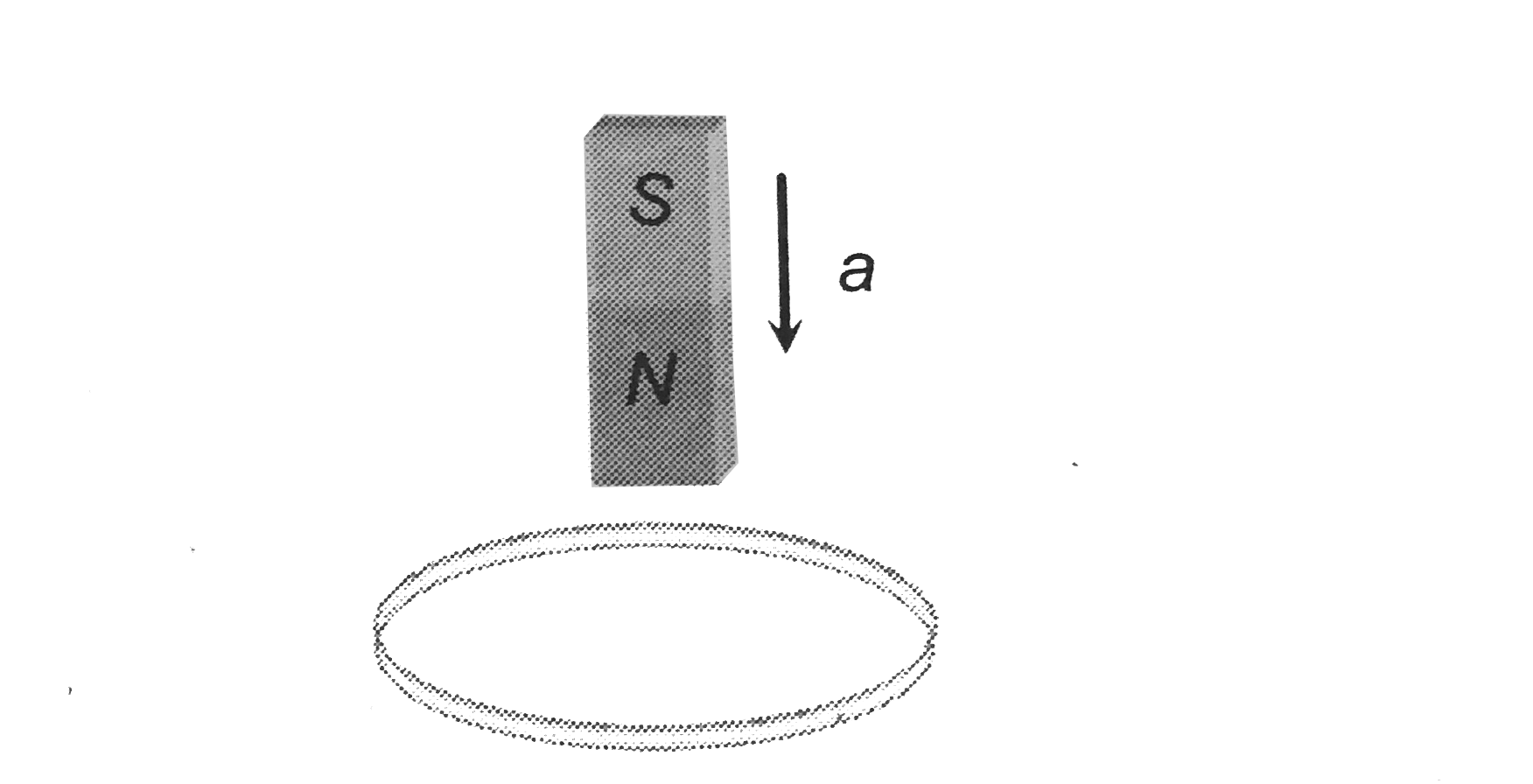When an opaque object is brought near a source of light, then-
The size should become equal to that of the object
The size of the shadow becomes smaller.
The size of the shadow inceases.
None of these.
Step-by-Step Solution:
1. Understanding Opaque Objects:
- An opaque object is one that does not allow light to pass through it. This means that when light hits the object, it cannot continue on its path.
2. Positioning the Opaque Object:
- When an opaque object is brought near a source of light (like a bulb), it blocks the light rays that are traveling towards it.
3. Formation of Shadow:
- Since the opaque object blocks the light, it creates a shadow on the opposite side of the object. The area where the light cannot reach due to the presence of the opaque object is where the shadow forms.
4. Effect of Proximity to Light Source:
- As the opaque object is moved closer to the light source, it blocks more light rays. This results in a larger shadow being cast because the area of light being obstructed increases.
5. Conclusion:
- Therefore, when an opaque object is brought near a source of light, the size of the shadow increases. The correct answer is that the size of the shadow becomes larger.
Final Answer: The size of the shadow increases.
---
- An opaque object is one that does not allow light to pass through it. This means that when light hits the object, it cannot continue on its path.
- When an opaque object is brought near a source of light (like a bulb), it blocks the light rays that are traveling towards it.
- Since the opaque object blocks the light, it creates a shadow on the opposite side of the object. The area where the light cannot reach due to the presence of the opaque object is where the shadow forms.
- As the opaque object is moved closer to the light source, it blocks more light rays. This results in a larger shadow being cast because the area of light being obstructed increases.
- Therefore, when an opaque object is brought near a source of light, the size of the shadow increases. The correct answer is that the size of the shadow becomes larger.
Topper's Solved these Questions
Similar Questions
Knowledge Check
Opaque objects
Areflect most of the light falling on themBtransmit most of the light falling on themCabsorb most of the light falling on themDare strong and hard.An electroscope is given a positive charge, causing its foil leaves to separate. When an object is brought near the top plate of the electroscope, the fiols separated even further. We conclude.
 Athat the object is positively chargedBthat the object is electrically neutralCthat the object is negatively chargedDnone of these
Athat the object is positively chargedBthat the object is electrically neutralCthat the object is negatively chargedDnone of theseAn electroscope is given a positive charge, causing its foil leaves to separate. When an object is brought near the top plate of electroscope, the foils separate even further. We conclude
 Athat the object is positively charges.Bthat the object is electrically neutral.Cthat the object is negatively charged.Dnone of these
Athat the object is positively charges.Bthat the object is electrically neutral.Cthat the object is negatively charged.Dnone of these
When a charged rod is brought near small bits of paper, the small bits will
View SolutionA metallic ring is attached with the wall of a room. When the north pole of a magnet is brought near to it, the induced current in the ring will be

View SolutionThe minimum temperature at which an oil gives of enough vapours to give momentary flash of light, when tiny flame is brought near is surface is called the
View SolutionA diamagnetic substance is brought near a strong magnet, then it is
View SolutionA metallic ring is attached with the wall of a room. When the north pole of a magnet is brought near it, the induced current in the ring will be
View Solution
